Menstrual cups are gaining popularity among women as an alternative to sanitary pads during their periods. While it may be challenging to use a menstrual cup for the first time, once you get the hang of it, you’ll find it to be an environmentally friendly and cost-effective option.
With the growing interest in menstrual cups, many women are unsure about how to choose the right size. Don’t worry; we’re here to help!
1 What sizes do menstrual cups come in?
Most brands in the market today offer two sizes to choose from. However, some brands provide three to four, or even up to ten different sizes for women experiencing their first period.
- Small size: Recommended for women under 30 who haven’t given birth vaginally (may have given birth via C-section) or those with a smaller build, which is typical for most Vietnamese women.
- Large size: Recommended for women over 30 who have given birth vaginally or those with a larger pelvic bone structure.
Size is just as important as the material and other safety factors when it comes to menstrual cups. If the size is incorrect, you may struggle to insert the cup, and it might leak during use.
 How many sizes do menstrual cups come in?
How many sizes do menstrual cups come in?
2 How to choose the right menstrual cup for you
Here are some factors to consider when choosing a menstrual cup:
Design
One factor often overlooked by women when choosing a menstrual cup is selecting a design that is suitable for Vietnamese women. It’s important to pay attention to the product’s dimensions and specifications to ensure a comfortable and successful experience.
Imported menstrual cups may not always be the best fit for Vietnamese women due to differences in body proportions. A cup that is too large can cause psychological stress and even affect the safety of the user.
Look for cups with a longer or rounder shape, as these tend to fit snugly and prevent leaks. Additionally, avoid cups with extremely small or large rims—small rims may not seal properly, while large rims can be difficult to insert and unfold. The thickness of the cup should also be moderate; too thick, and it won’t fold easily, too thin, and it may not unfold properly.
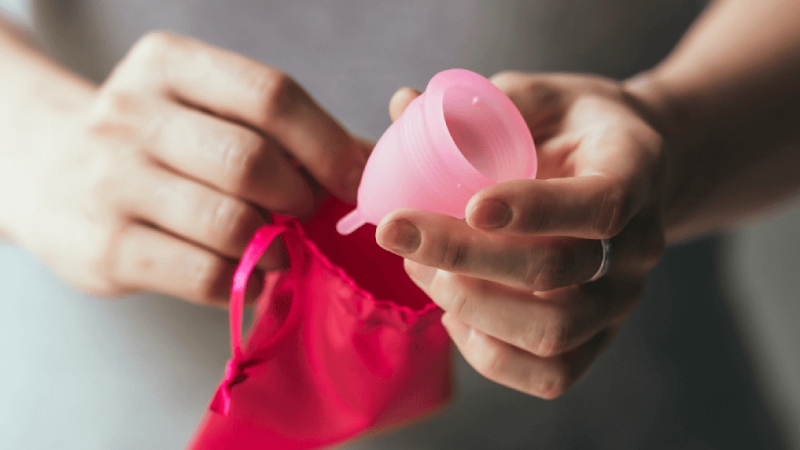 Choosing a menstrual cup based on design
Choosing a menstrual cup based on design
Consider choosing a cup that comes with a sterilizing cup, as this will make it easier to clean during use.
Size
As mentioned, menstrual cups typically come in two sizes, and you can choose the right one based on your age, physical condition, and whether you’ve given birth.
Specifically, the small size measures 42mm x 47mm, while the large size measures 47mm x 52mm.
If you’re new to menstrual cups, it’s best to start with a smaller size to ensure a more comfortable experience.
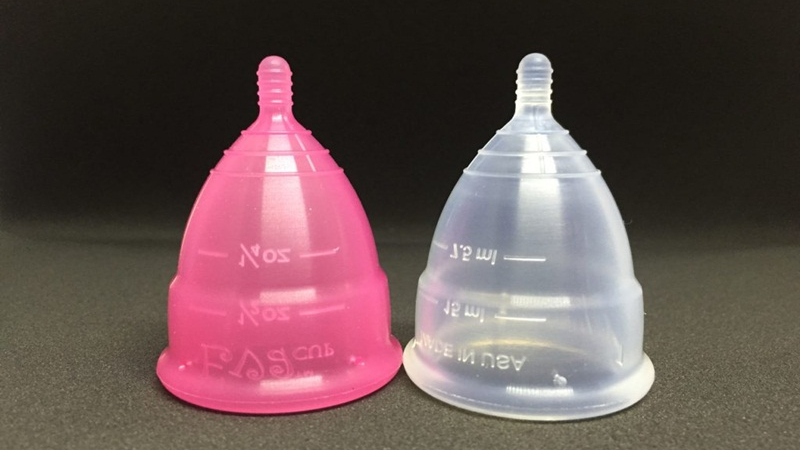 Choosing a menstrual cup based on size
Choosing a menstrual cup based on size
Elasticity
High-quality menstrual cups are usually made from 100% silicone and are rigorously tested by international pharmaceutical regulatory agencies. A good menstrual cup should have the right balance of softness and elasticity.
Softer cups tend to have better elasticity and are more comfortable to insert, but they can be challenging to remove and may not seal as effectively, leading to leaks. Firmer cups, on the other hand, seal well and are less likely to leak, but they may feel slightly uncomfortable during insertion and removal.
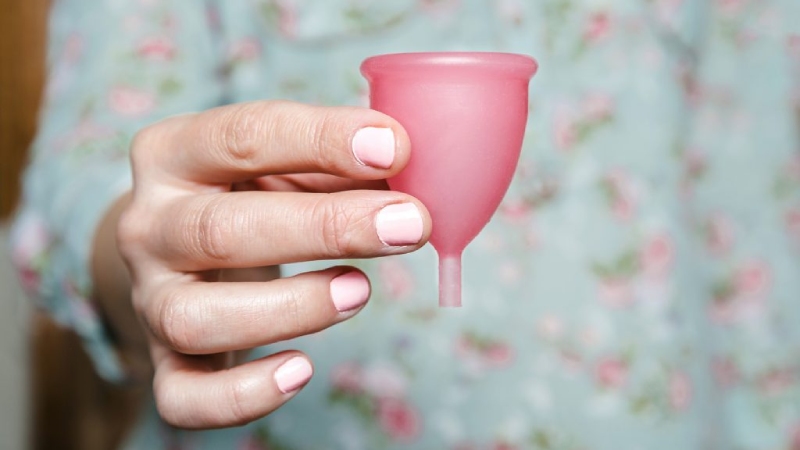 Choosing a menstrual cup based on elasticity
Choosing a menstrual cup based on elasticity
Air holes
Look for a menstrual cup with air holes that aren’t too low, as this will allow the cup to hold more fluid and require less frequent changes.
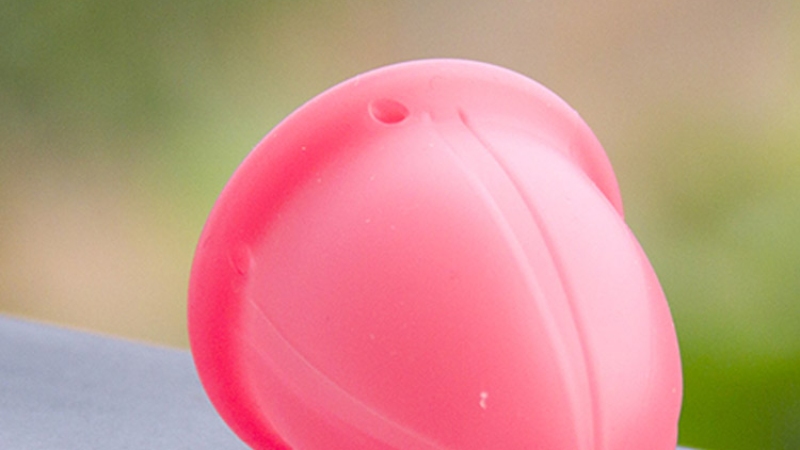 Choosing a menstrual cup based on air holes
Choosing a menstrual cup based on air holes
Stem type
Some menstrual cups come with a stem or grip at the base of the cup to help with insertion and removal. There are several types of stems available:
- Ring stem – A stem that forms a ring shape when bent.
- Flat stem – Flat like a piece of paper.
- Ball stem – A small ball-shaped grip.
- Hollow stem – A hollow tube.
- Firm stem – A sturdy, firm stem.
 Choosing a menstrual cup based on the stem type
Choosing a menstrual cup based on the stem type
The stem is not a necessary feature, and if you prefer, you can carefully cut it off with a sharp knife.
3 Things to keep in mind when choosing a menstrual cup
Here are four key considerations when choosing a menstrual cup: size, stem control, color, and safety certification.
Comfort
Many women prefer softer menstrual cups because they exert less pressure on the vaginal walls and are easier to insert and remove. To test the elasticity and softness of a cup, squeeze it gently. A good cup should provide comfort and not cause any pain or discomfort.
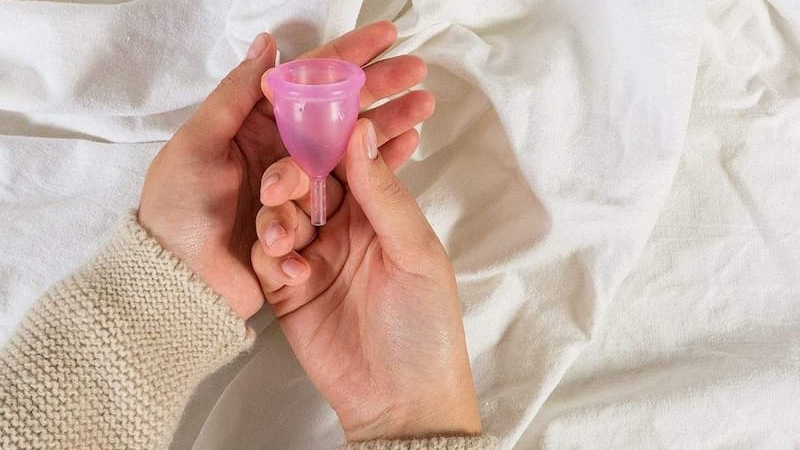 Comfort of a menstrual cup
Comfort of a menstrual cup
Stem control
When trying a menstrual cup for the first time, opt for a stem that is non-slip and easy to grip. If the stem is too long, you can trim it to a comfortable length to prevent it from rubbing against your clothes.
 Stem control
Stem control
Color
Menstrual cups come in a variety of colors, including clear, white, green, pink, yellow, orange, purple, and brown. If you have a history of skin irritation, it’s best to stick with a clear, uncolored cup.
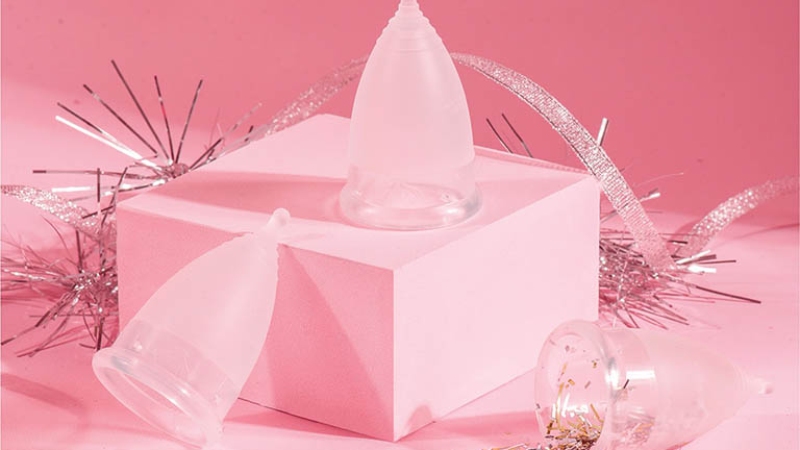 Color considerations
Color considerations
Safety certification
Lastly, safety certification is a must-have for any menstrual cup. Look for cups made from medical-grade silicone, free from harsh chemicals, and certified by a reputable health organization.
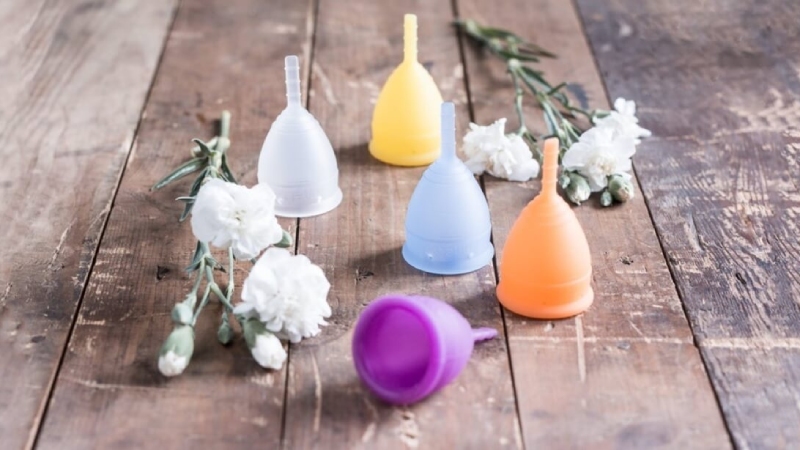 Safety certification
Safety certification
Now you know how to choose the right size menstrual cup for a comfortable, convenient, and environmentally friendly period experience. So, make the switch from sanitary pads to a menstrual cup today!
Discover the Best 12 Homestays in Can Tho with Affordable Rates and Stylish Interiors with Natural Views
If you’re looking for an affordable and delightful stay in Can Tho, you won’t want to miss out on the incredible homestays this city has to offer! From the floating markets in the early mornings to the warm and welcoming people from the West Coast, Can Tho has unique cultural and historical traditions that will leave you with an unforgettable experience.
Choosing the Right Size Kitchen Island
Are you looking to maximize your kitchen space? A kitchen island might be the perfect solution! But what exactly is a kitchen island and how can you choose the right size for your kitchen? In this article, we’ll delve into the basics of kitchen islands and explore the optimal size for maximum efficiency.


































